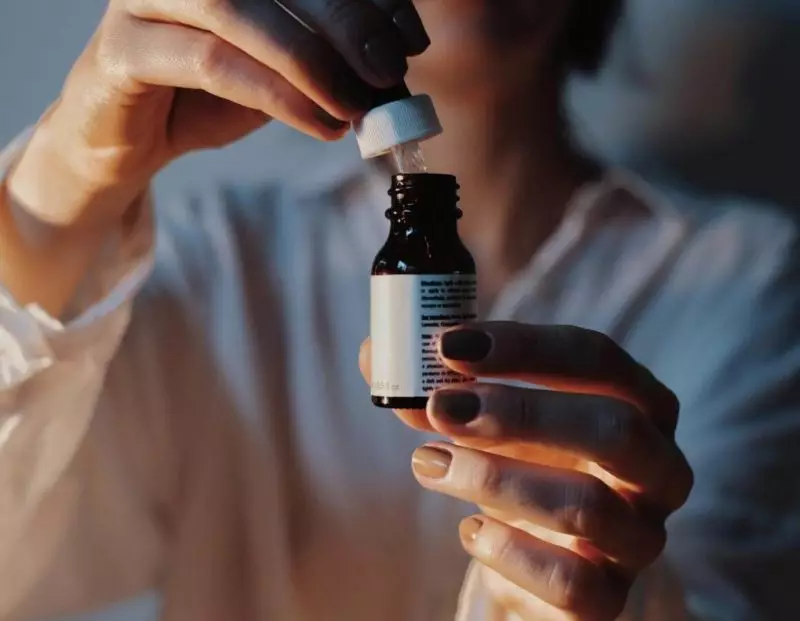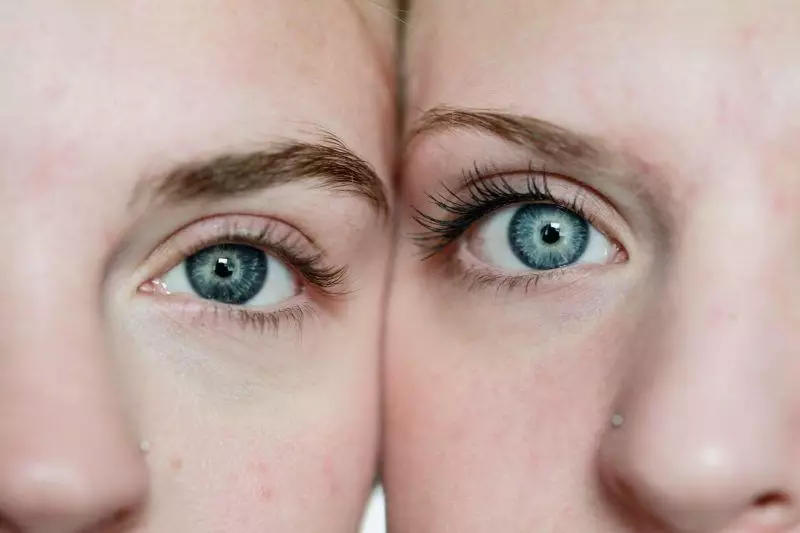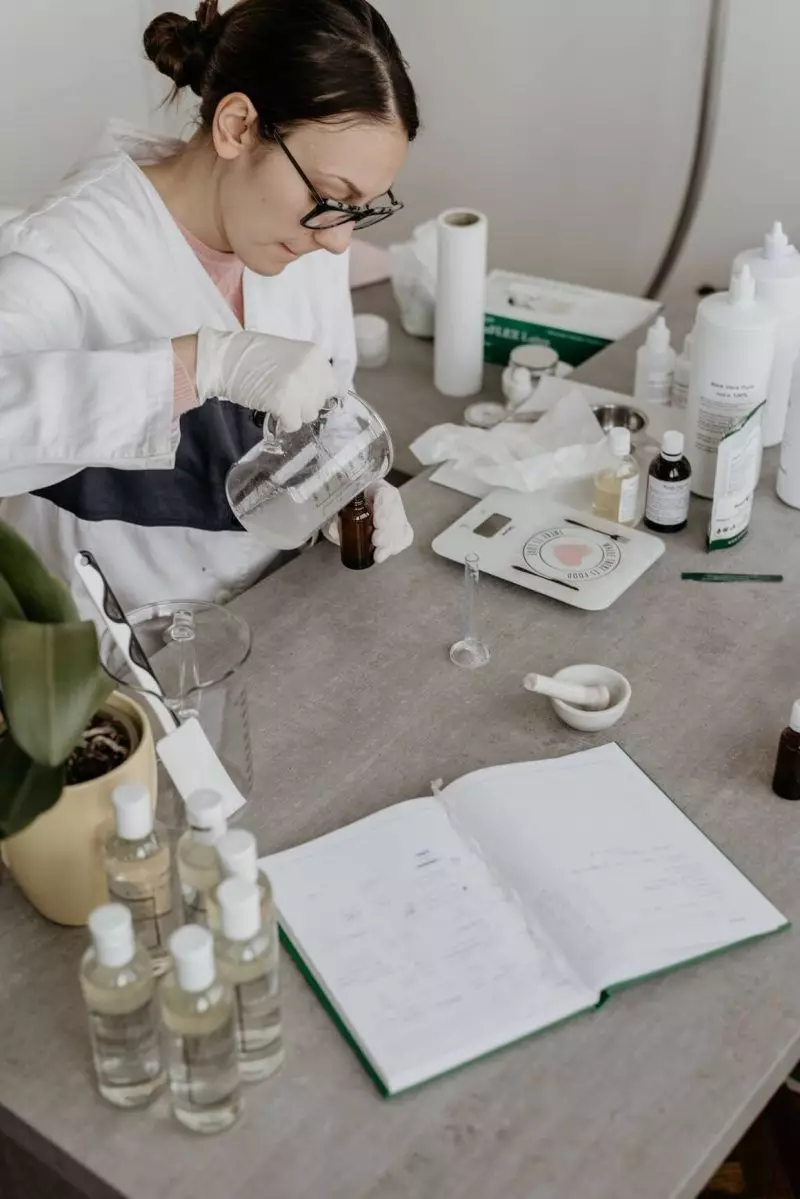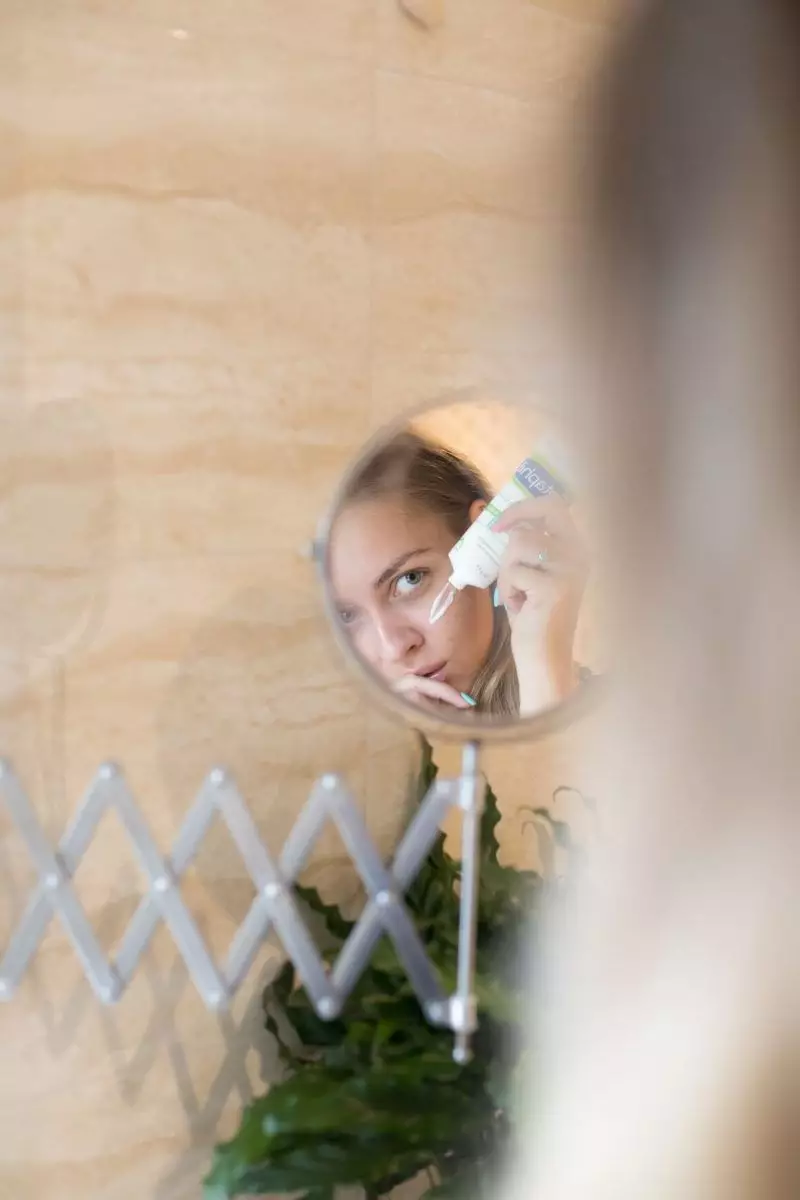
If you’re new to skincare, the thought of using active ingredients like “acids” or “retinoids” can be quite intimidating and overwhelming. But these skincare ingredients have become real stars in the cosmetic industry and their efficacy cannot be ignored.
Two of the biggest heavy hitters of skincare actives are retinol and glycolic acid. One is an exfoliant and the other – an antioxidant. They both can play major roles in improving your skin’s overall health!
Now, while both these active ingredients are known to keep the skin supple, they are chemically and functionally different from one another. So, if you want to incorporate these ingredients in your skincare routine, you need to keep yourself informed about how retinol and glycolic acid work, their benefits, and how you can use them.
Here’s a detailed overview of using glycolic acid and retinol that you can refer to.
- What is glycolic acid and how does it work?
- How glycolic acid affects your skin
- Tips to use glycolic acid:
- What is retinol and how does it work?
- How retinol affects your skin
- Tips to use retinol
- Is it safe to use glycolic acid and retinol together?
- How to use both of them in your skincare routine
- The Takeaway
What is glycolic acid and how does it work?
Derived from sugar cane (and also from fruit like citrus), glycolic acid is a form of alpha-hydroxy acid (AHA). AHAs are water-soluble acids that work on the surface of your skin to exfoliate it and smoothen the skin tone and texture.
Of all the AHAs, including mandelic acid and lactic acid, glycolic acid is known to be the most potent. This is because it has the smallest and most basic molecular structure. Because of its small molecular framework, glycolic acid is able to penetrate through the outer layer of your skin more easily.

How glycolic acid affects your skin
The outermost layer of our skin is called the stratum corneum. This layer is composed of lipids, keratin, and dead skin cells that shed gradually through a natural process known as desquamation. When these dead skin cells fail to shed, it makes our skin rough, dry, and scaly.
Regular use of glycolic acid helps clear the stratum corneum of dead and aging skin cells and unlocks a healthy and renewed layer of skin. It essentially helps to slough away these dead skin cells and reveal brighter, softer, and more “glowy” skin.
Glycolic acid lowers the skin’s pH, encourages cell turnover, and helps stimulate the production of collagen. Here are some of the benefits of using glycolic acid:
- Milder and safer exfoliation than physical scrubs
- Removes dead skin cells to restore even-toned, radiant skin
- Helps prevent and improve acne symptoms
- Helps minimize uneven skin texture
- Acts as a humectant to draw moisture to your skin (not all AHA have this property, but this is especially true for lactic acid)
- Reduces clogged and/or enlarged pores diminishing their appearance
- Prevents fine lines and wrinkles

Tips to use glycolic acid:
That’s why it is important to always do a patch test before the first use.
What is retinol and how does it work?
While glycolic acid works on the surface of your skin, retinol works its magic on the dermis or the second (middle) layer of the skin.

How retinol affects your skin
While glycolic acid aids the production of collagen to combat anti-aging effects on your skin, retinol stimulates synthesis of elastin, collagen and hyaluronic acid to fight a range of skin issues rooted in the middle layer of your skin (the dermis).
Besides, by stimulating comedolytic agents, retinol can help unclog pores, thus preventing and treating both inflammatory and comedonal acne. It neutralizes the skin damage caused by free radicals and helps to improve skin integrity and suppleness.
Take a look at other significant benefits of using topical retinol:
- Diminishes the appearance of wrinkles and fine lines
- Increases collagen, elastin, and hyaluronic acid production
- Reduces hyperpigmentation
- Unclogs pores and helps treat acne
- Diminishes sebum production
- Brightens and evens out skin tone
- Helps slow down skin aging
Tips to use retinol

Is it safe to use glycolic acid and retinol together?
Given the fact that both glycolic acid and retinol have anti-aging properties, you may have wondered whether using both these ingredients together will give you greater benefits. But, it’s not as simple as that.
While studies have shown that using glycolic acid and retinol together can address certain skin conditions like acne, there are still a lot of considerable side effects.
Let’s take a look at some side effects from using glycolic acid and retinol together:
- Excessive dryness
- Dehydrated skin
- Peeling and flaking
- Inflammation and redness
- Itchiness
For those with particularly sensitive skin, the effects can get amplified and leave you with more skin issues to deal with.
Speak to your dermatologist before reaching for cosmetics with glycolic acid or retinol. They can help you diminish the risk of side effects and optimally benefit from your skincare routine.
How to use both of them in your skincare routine
If you wish to include both glycolic acid and retinol in your skincare routine, err on the side of caution. Try to use each of them at different times of the day or on different days entirely to avoid irritation. For best results, speak to your dermatologist before starting with glycolic acid and retinol.
Here are some tips to get you started:
The Takeaway
Retinol and glycolic acid can both do wonders for your skin. From repairing and reversing skin damage to preventing skin aging to treating acne, these actives can get to the root of your skin problem to solve it with efficiency.
That being said, make sure you speak with a cosmetic dermatologist or aesthetic physician before incorporating any of these two ingredients into your skincare regimen to optimize their benefits and minimize the risk of side effects.








